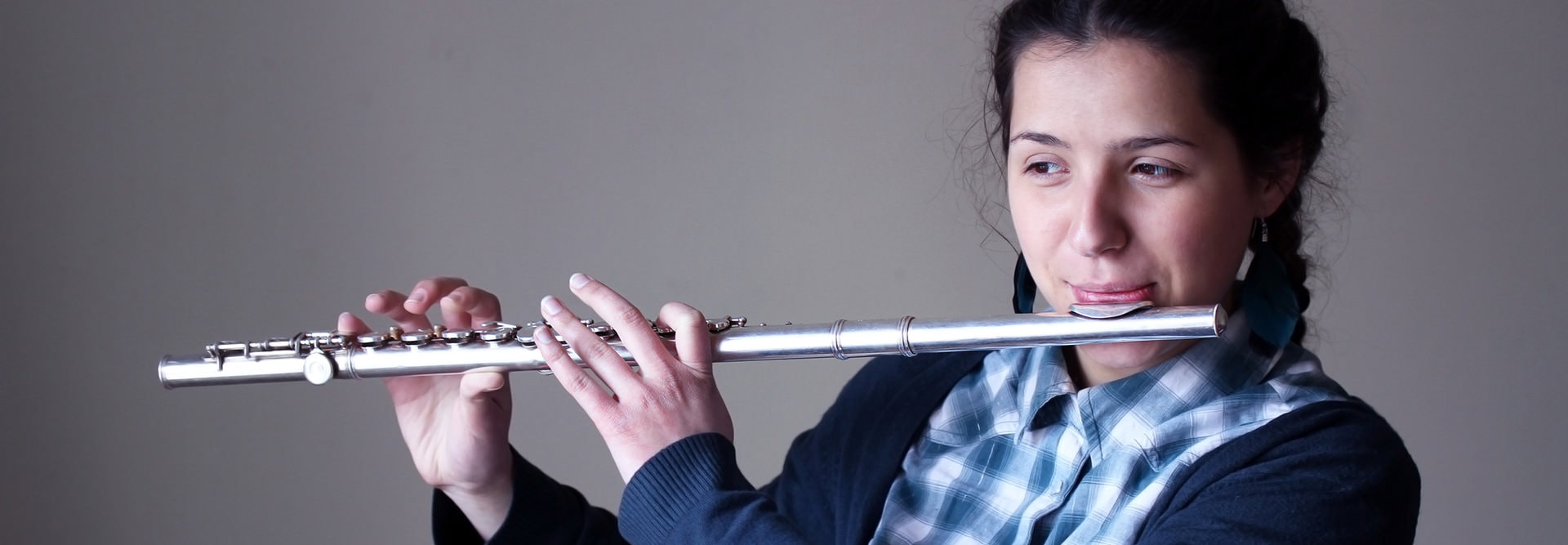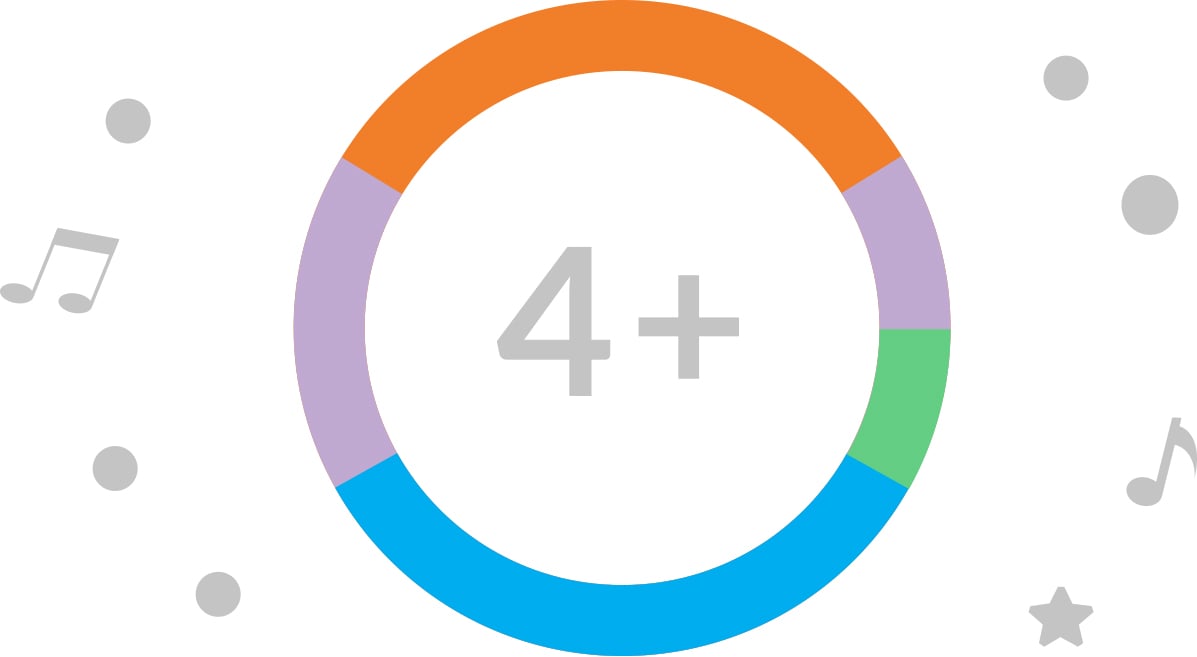
Learning how to play flute is a great experience for students looking to play solo repertoire or to play in ensembles. Used in a wide variety of music, the flute is one of the oldest instruments in existence and can be found in a myriad of forms throughout history. Today, the flute is most commonly used in orchestral music, wind bands, marching bands, jazz bands, and to some extent pop and rock music.
The flute is played by blowing air into the mouthpiece located at the end of the instrument. The flautist then depresses the keys located along the body of the instrument to sound different notes. The flute is considered a woodwind instrument, but unlike other instruments in the woodwind family the flute does not use a wooden reed to produce sound. Most western concert flutes are made with metal of some sort, typically nickel, silver, silver plated brass, or gold but many other types of flutes exist including wood, bamboo, and bone flutes.


